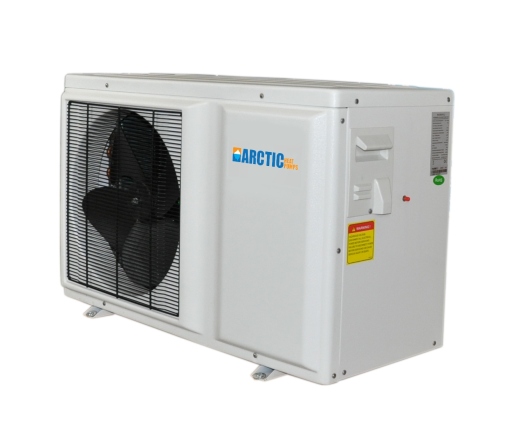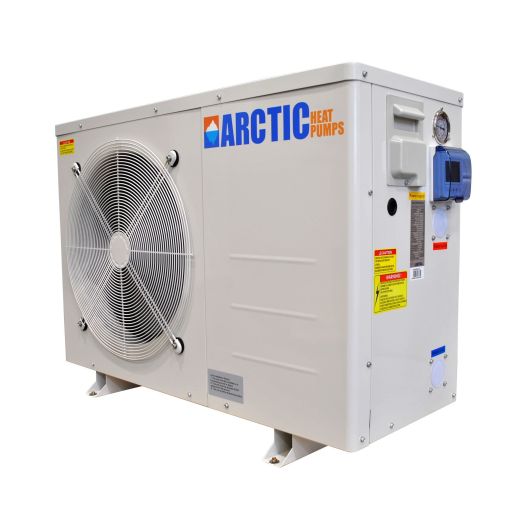Today, there’re more opportunities to use heat pumps in a wide array of climates, including cold-climate zones. All-electric, high-performance heat pumps are among the most effective & popular technologies for decarbonizing cooling and heating, particularly as the industry moves toward strategic electrification & a less carbon-heavy grid. With the assortment of available ducted & ductless products, heat pump solutions are accessible for low-load, new construction and retrofit projects. Dislocation of fossil-fuel-burning HVAC unit is already feasible.

Heat pumps offer more energy in the form of heat than they employ in the form of electrical energy. The competence of a heat pump is explained by its COP (Coefficient of Performance). The higher the COP, the more competent the system. Combustion-based heating units such as boilers and furnaces top out with COPS of 0.96-0.98. Conventional electrical-resistance system might attain a COP of 1, but COP values for some cold-climate heat pump systems are greater than 3 at 5°F. This entails, even at pretty low temperature, some advanced heat pump units can offer about 3 times the heat of less efficient alternatives such as baseboard units.

Air source heat pumps for cold climates create the chance to substitute combustion-based system and surprise areas where older heat pump units could not perform. At 47°F, former generations of heat pump would begin to lose ability. Homeowners would sense cool air leaking through their vents needing them to manually shift to fossil-fuel based backup heat. Furthermore, during regular operation, older heat pumps blew air that felt cool to homeowners compared to furnace air temperatures. Performance issues & unmet expectations with traditional heat pump systems led some users to assume heat pumps could not deliver dependable comfort.

Modern, cold-climate heat pump units are engineered to provide up to 100 percent rated heating capacity at 5°F and up to 76 percent capacity at -13°F. As long as a heat pump can make its refrigerant cooler than the outdoor air, it can capture thermal energy and deliver it as indoor heat. These abilities limit the amount of time, if any, homeowners require to depend on fossil-fuel based backup heat.
The efficacy of modern heat pump systems in cold climate continues to be demonstrated in field studies & reports such as the Cold Climate Air Source Heat Pump Field Assessment published by the CEE in Minnesota. They are also gettable with a range of indoor unit options from ductless wall-mounted indoor units & recessed ceiling cassettes to air handlers & horizontal-ducted units.


- -25C heat pump
- air source heat pump
- chiller for pools
- Chillers for Swimming Pools
- cold weather heat pumps
- Heat Load Design
- Heat Load Design
- Heat Loss Design Services
- Heat Pump
- Heat Pump Cold Weather
- Heat Pump for Hot Water
- Heat Pumps
- heat pumps in Nova Scotia
- Hydronic Air Handler
- Inverter Heat Pump
- Inverter Heat Pump
- radiant floor cooling
- radiant floor Design
- radiant floor Design
- radiant floor Design
- Spa Heat Pump
- Swimming Pools